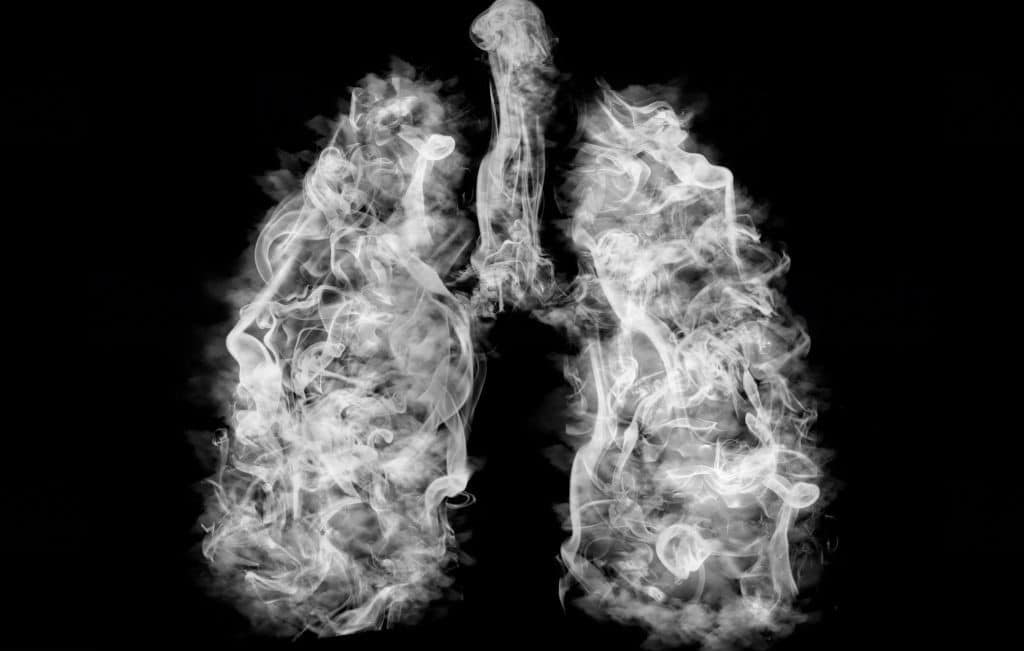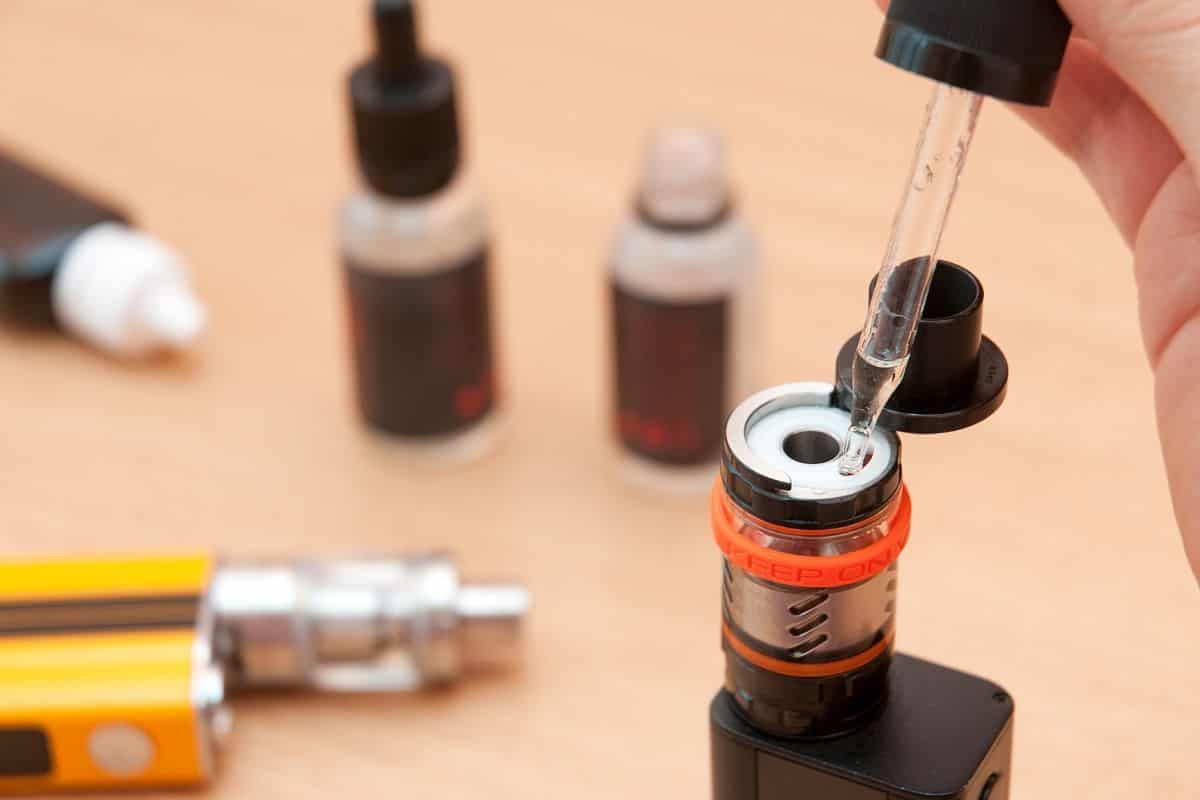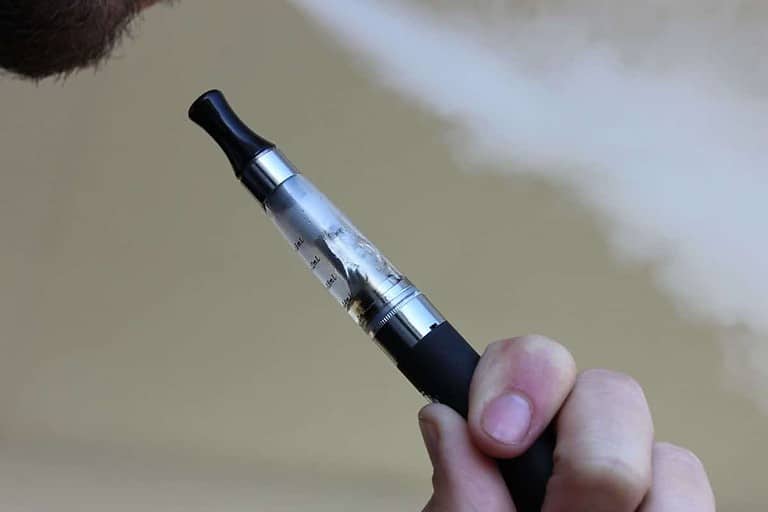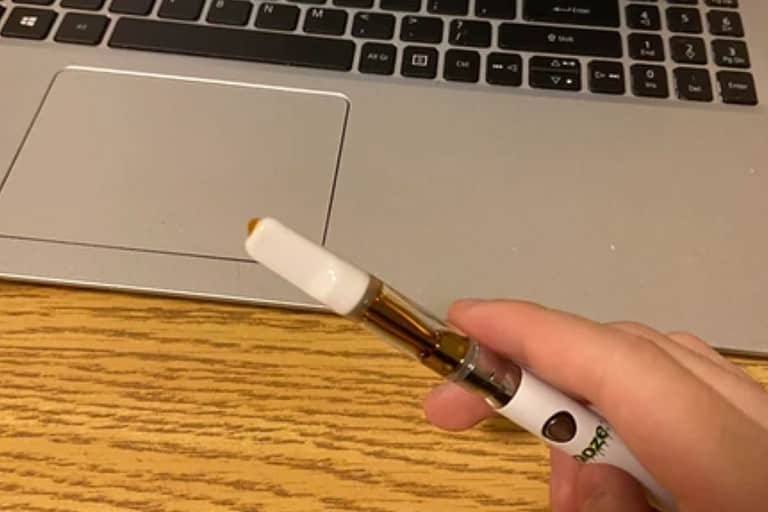What Chemicals are in Vapes: A Comprehensive Guide
Vaping has gained immense popularity in recent years, and millions of people worldwide are using e-cigarettes as an alternative to traditional smoking.
However, as with any new technology, there is a lot of misinformation about what is actually in vapes. In this article, we will explore the chemicals that are commonly found in e-cigarettes and the potential health risks associated with vaping.
Vaping is the act of inhaling vapor produced by an electronic cigarette or similar device. E-cigarettes were first introduced in the early 2000s as an alternative to traditional tobacco cigarettes. They quickly gained popularity, especially among younger adults and teens.
Although vaping is often marketed as a safer alternative to smoking, concerns have arisen about the potential risks associated with these devices. One of the main concerns is the chemicals found in e-cigarettes.
Table of Contents
What is Vaping?
Before we dive into the chemicals found in vapes, it’s important to understand how they work. E-cigarettes consist of a battery, a heating element, and a cartridge or tank containing e-liquid. The battery powers the heating element, which vaporizes the e-liquid, producing an aerosol that is inhaled.
The Ingredients of E-Juice
E-juice, also known as e-liquid, is the liquid used in e-cigarettes. It typically contains a mixture of propylene glycol (PG), vegetable glycerin (VG), flavorings, and nicotine (although some e-juices are nicotine-free). Some e-juices also contain additives, which we will discuss later.
NEW CUSTOMER DISCOUNT
Save 15%
15% OFF YOUR ENTIRE ORDER FOR NEW CUSTOMERS USE CODE WELCOME15!

Propylene Glycol (PG)
Propylene glycol is a synthetic compound that is used in a variety of products, including food, cosmetics, and pharmaceuticals. It is a common ingredient in e-juice because it helps to produce vapor and carries flavor.
PG has been deemed safe for human consumption by the FDA, but some people may be sensitive to it and experience irritation in the throat or lungs.

Vegetable Glycerin (VG)
Vegetable glycerin is a natural compound derived from vegetable oil. Like PG, it is used in a variety of products, including food and cosmetics. VG is used in e-juice because it produces a thicker vapor than PG.
VG is generally considered safe for consumption, but it can cause dry mouth and throat irritation.
Flavorings
E-juice comes in a variety of flavors, from fruit to dessert to tobacco. These flavors are created using food-grade flavorings. While the flavorings themselves are generally considered safe, there are concerns about the potential risks associated with inhaling them.
Some flavorings contain diacetyl, a chemical that has been linked to a condition called popcorn lung. Popcorn lung is a serious respiratory condition that can cause coughing, wheezing, and shortness of breath.
Nicotine
Nicotine is the addictive substance found in tobacco products. It is also found in some e-juices. While nicotine itself is not considered a carcinogen, it is highly addictive and can have negative effects on the body.
Additives
Some e-juices contain additives, which are substances added to enhance flavor or vapor production. Additives can include sweeteners, caffeine, or other substances.
However, there are concerns about the potential health risks of these additives. Some additives have been found to break down into harmful chemicals when heated, which can be inhaled and potentially cause harm.

Chemicals Produced by Vaping
In addition to the chemicals found in e-juice, vaping also produces its own set of chemicals. When the e-liquid is heated, it can produce a variety of chemicals, including:
Formaldehyde
Formaldehyde is a carcinogenic substance that is used in embalming fluid. It is also produced when e-liquid is heated at high temperatures. Formaldehyde can cause irritation of the eyes, nose, and throat and has been linked to an increased risk of cancer.
Acrolein
Acrolein is a chemical that is produced when e-liquid is heated. It is a powerful irritant that can cause damage to the respiratory system and has been linked to lung cancer.
Acetaldehyde
Acetaldehyde is a chemical that is produced when e-liquid is heated. It is a known carcinogen and has been linked to an increased risk of cancer.
Diacetyl
Diacetyl is a chemical that is used to give e-juice a buttery flavor. It has been linked to a condition called popcorn lung, which is a serious respiratory condition.
Heavy Metals
Vaping can also produce heavy metals, such as lead, nickel, and chromium. These metals can be harmful to the body and can accumulate over time.
Benzene
Benzene is a carcinogenic substance that is produced when e-liquid is heated. It has been linked to an increased risk of cancer.
Toluene
Toluene is a toxic substance that is produced when e-liquid is heated. It can cause damage to the nervous system and has been linked to birth defects.
Health Risks of Vaping
The health risks of vaping are still being studied, but there is growing evidence that vaping can have negative effects on the body. Some of the potential risks of vaping include:
- Respiratory problems, such as coughing, wheezing, and shortness of breath
- Increased risk of heart disease
- Increased risk of cancer
- Damage to the immune system
- Negative effects on brain development in teens and young adults

How to Minimize Risks
While the long-term health effects of vaping are still unknown, there are steps you can take to minimize your risk:
- Use e-juices that do not contain diacetyl or other harmful additives
- Choose e-juices that are free of heavy metals
- Avoid high-temperature vaping, which can produce more harmful chemicals
- If you are concerned about the health effects of vaping, consider quitting altogether
Browse popular vape collections:
- Nicotine Disposables
- 2000 Puff Nicotine Disposable Vapes
- 2500 Puff Nicotine Disposable Vapes
- 5000 Puff Nicotine Disposable Vapes
- 6000 Puff Disposable Nicotine Vapes
- 7000 Puff Nicotine Disposable Vapes
- Disposable Vape Deals
- Best Vape Brands
- 8000 Puff Nicotine Disposable Vapes
- 9000 Puff Nicotine Disposable Vapes
- 5% Nicotine Disposable Vapes
- Rechargeable Nicotine Disposable Vapes
- Vape Coils
- Dab Wax Pens
- Dab Wax Pen Battery
- Yocan Vapes
- Vape Cases
Conclusion
In conclusion, vaping is not as safe as some people may believe. It is crucial to understand the chemicals that are present in e-cigarettes and the potential health risks associated with them.
While some of these chemicals are harmless, others have been linked to serious health problems. It is important to take steps to protect yourself and others from the potential dangers of vaping.
FAQs about chemical in vapes
What is the most dangerous chemical in vapes?
There is no single most dangerous chemical in vapes. The potential health risks associated with vaping are due to a combination of different chemicals, including nicotine, flavorings, and other harmful substances like formaldehyde and metals.
Can secondhand vaping cause health problems?
Yes, secondhand vaping can cause health problems. E-cigarette aerosol contains many of the same harmful chemicals as cigarette smoke, including nicotine and heavy metals. Breathing in secondhand vapor can expose non-vapers to these harmful substances, which can have negative effects on their health.
Are there any safe e-cigarettes on the market?
There is no such thing as a completely safe e-cigarette. While some products may be less harmful than others, all e-cigarettes contain potentially harmful chemicals that can have negative effects on your health.
How does vaping compare to traditional smoking?
While e-cigarettes are often marketed as a safer alternative to traditional smoking, they are not completely safe. Both vaping and smoking can have negative effects on your health, and it is best to avoid both if possible.
Are there any benefits to vaping over smoking?
Some people may find that e-cigarettes are a more convenient and socially acceptable alternative to smoking. Additionally, some research suggests that e-cigarettes may be less harmful than traditional cigarettes, though more research is needed to fully understand the long-term health effects of vaping. However, it is important to remember that e-cigarettes are not completely safe and can still pose health risks.
Resources:
- https://en.wikipedia.org/wiki/Electronic_cigarette
- https://www.hopkinsmedicine.org/health/wellness-and-prevention/5-truths-you-need-to-know-about-vaping
- https://www.forbes.com/health/body/health-effects-e-cigarettes/?_ga=2.21817723.1724371659.1681286262-1699932226.1672148734
- https://en.wikipedia.org/wiki/Nicotine_salt?_ga=2.56470763.1724371659.1681286262-1699932226.1672148734
- https://en.wikipedia.org/wiki/Propylene_glycol
- https://www.healthline.com/nutrition/vegetable-glycerin







